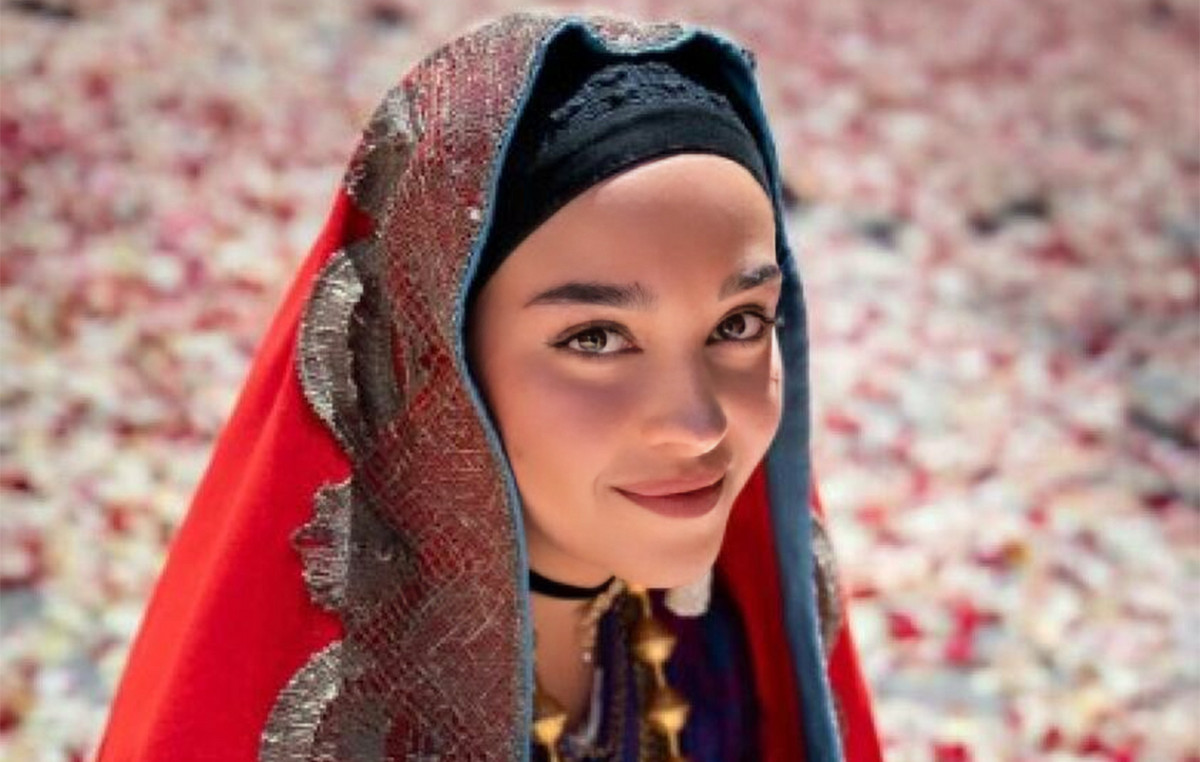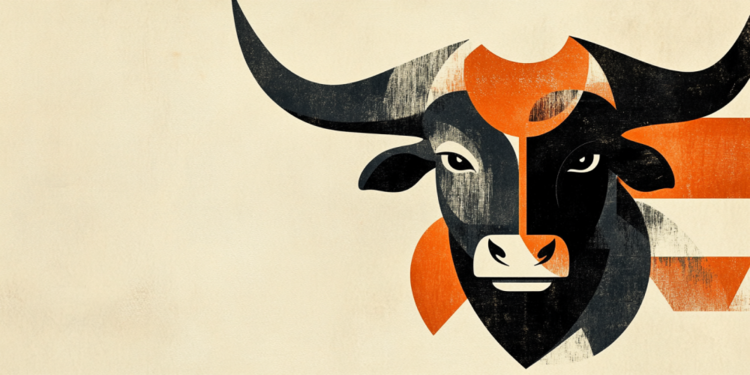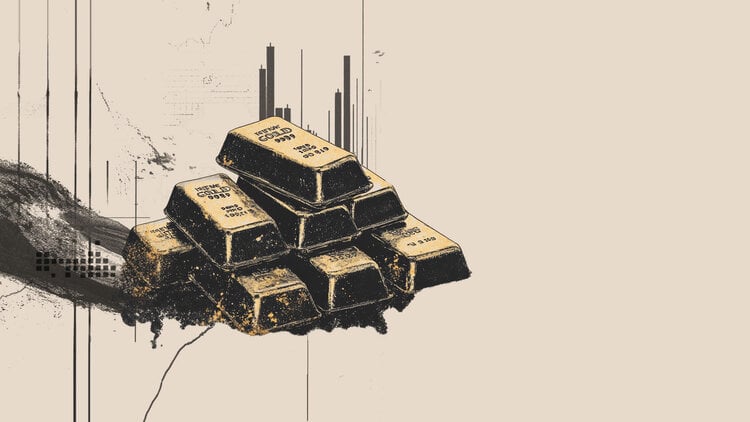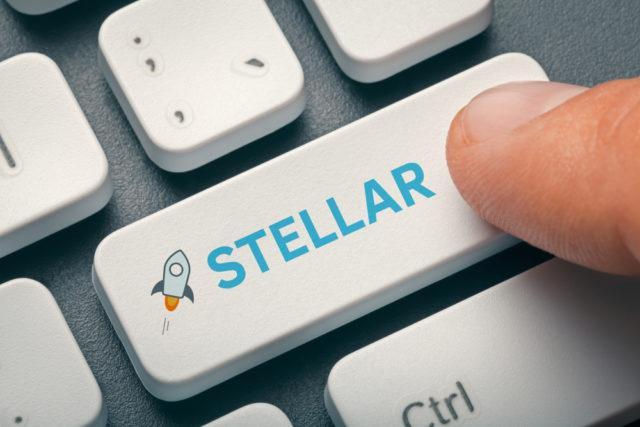Coca-Cola famously doesn’t count the recipe for its drink. It’s also not about to say what’s in its new limited-time flavors either.
In recent months, Coca-Cola has launched several curious products: Coca-Cola Starlight, Byte and Dreamworld. For each of the limited-time flavors, the beverage company offered high-concept descriptions of an experience, rather than specific flavors. For Coca-Cola, the mystery is the point.
“We’re engaging with people,” said Selman Careaga, president of the Coca-Cola Trademark’s global category, which includes Coca-Cola beverages but not other Coca-Cola products such as Fanta, Sprite or others. “They’re interacting with us and they’re trying to guess what’s in it.”
Getting people to talk is an important marketing strategy for Coca-Cola, especially if it can pique the interest of young consumers.
Recently, Coca-Cola has been “really trying to encourage consumers to debate” about its products, noted Duane Stanford, editor of Beverage Digest. When the company unveiled its new Coca-Cola Zero recipe, for example, it encouraged customers to decide whether it was the “best Coca-Cola ever.” And it’s selling mystery flavors of Fanta as part of its “What the Fanta?” campaign.
Conversations about product flavors put brands in the minds of consumers. Coca-Cola (KO) wants people who participate in these discussions, or see them online, to think of Coca-Cola when they walk into a store, Stanford noted. And it’s especially important for the beverage company to build conversations around its brand, which it prioritized after cutting underperforming brands.
Plus, these products aren’t just flavors of Coke. Each comes with a dedicated online experience. Together, they were designed to capture the attention of a coveted demographic: Generation Z.
Cotton Candy, Creamsicles or Bubblegum?
Instead of a traditional flavor like “vanilla” or “cherry,” Coca-Cola provided each product with its own vague description and let fans fill in the blanks.
The company described Starlight as having “notes reminiscent of stargazing around a campfire, as well as a cooling sensation that evokes the feeling of a cold trip into space”. Byte “invites you to explore the taste of pixels”, and Dreamworld is somehow even more conceptual, promising consumers that they will “experience the familiar taste of Coca-Cola now with a surprising and unexpected taste of a dream world”.
YouTubers reviewing the product complained about the tacky advertising but still tried to decipher the flavor, encouraging commenters to comment.
Assumptions were all over the map: some thought Starlight tasted like cotton candy, funnel cake, or S’mores. After trying Byte, some guessed blueberry or grapefruit. People said that Dreamworld tasted like mango, peach or orange. Or maybe cough syrup.
Some brands release mystery flavors but reward customers with a revelation. Mountain Dew has a tradition of releasing a secret flavor of VooDew and eventually telling customers what it is. Coca-Cola’s Fanta flavors will also be revealed.
But the flavors of Starlight, Byte and Dreamworld are in the vault, Careaga said.
“Somehow, [é] as our secret formula,” he said. And in this case, the flavors aren’t really the point.
Generation Z segmentation
Coca-Cola did not share sales figures for these products. But he’s satisfied with the results so far, Careaga said. Efforts such as mystery flavors have contributed to the growth of Coca-Cola beverage sales in general, he said. Trademark Coke grew 7% in the second quarter.
The drinks were developed to fit the broader themes of space, computing and dreams, respectively. But the flavors themselves? Not so important.
“It’s really not so much about the taste of the product as it is about the experiences we create,” he said. These experiences are often virtual, with the aim of capturing a younger audience that spends a lot of time online.
Each of the limited-time flavors was released amidst a series of digital experiences. To name a few: Starlight’s can present a QR code that granted customers access to an Ava Max holographic show. Byte launched in Fortnite, and Dreamworld customers could purchase virtual goods for their avatars online.
The important thing, however, is that every Coca-Cola product tastes like Coca-Cola.
“The R&D team does a great job [de] develop these new flavors, which are based on Coca-Cola, but then we kind of played with the flavor a little bit.” said Carega. “Without a doubt, it is a Coca-Cola product.”
Developing new flavors of Coke can be risky if they stray too far from the signature flavor, Stanford noted.
“When you come up with these formulas that can be hit or miss, you have to be very careful,” Stanford said. “The longevity of the brand is all about that unique Coca-Cola flavor,” he added. “You want to make sure you don’t detract from that long-term message.”
Source: CNN Brasil
Joe Jameson, a technology journalist with over 2 years of experience, writes for top online news websites. Specializing in the field of technology, Joe provides insights into the latest advancements in the industry. Currently, he contributes to covering the world stock market.







